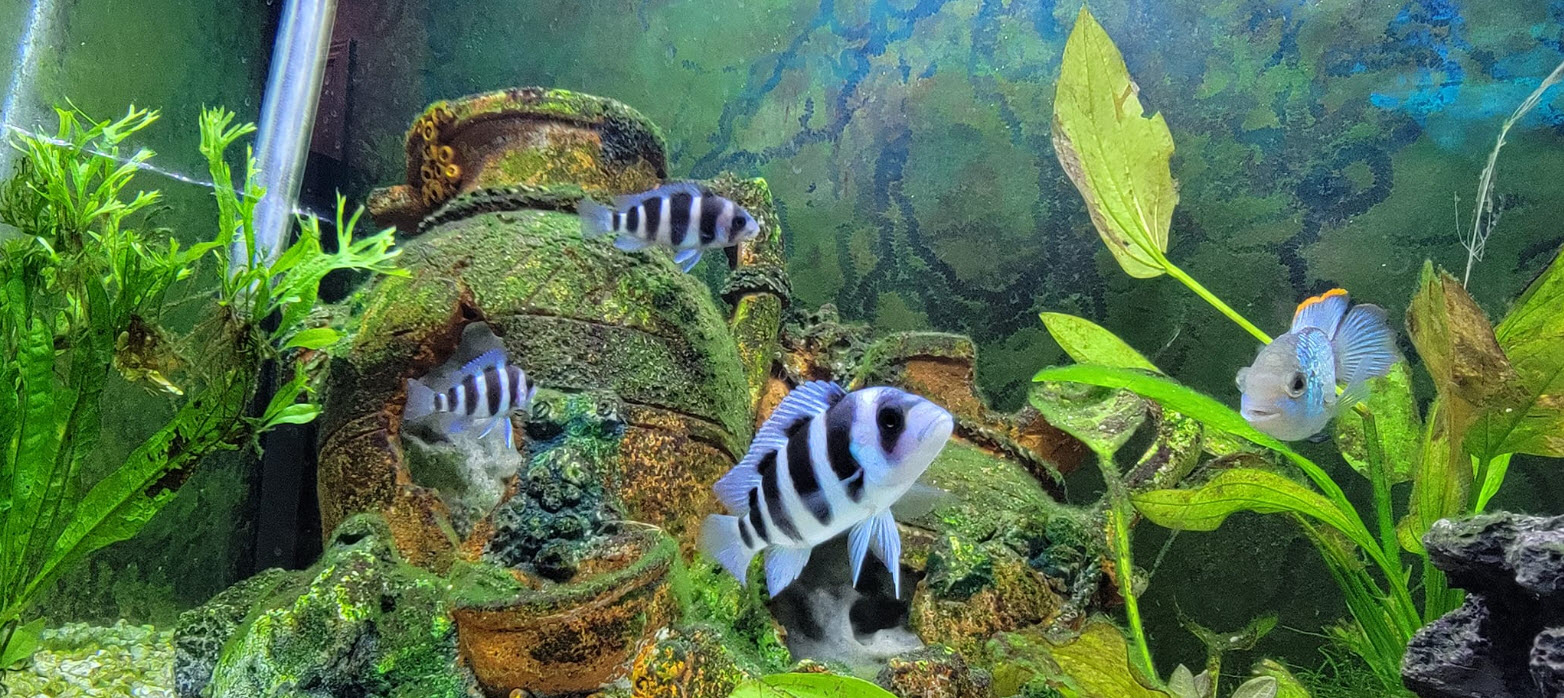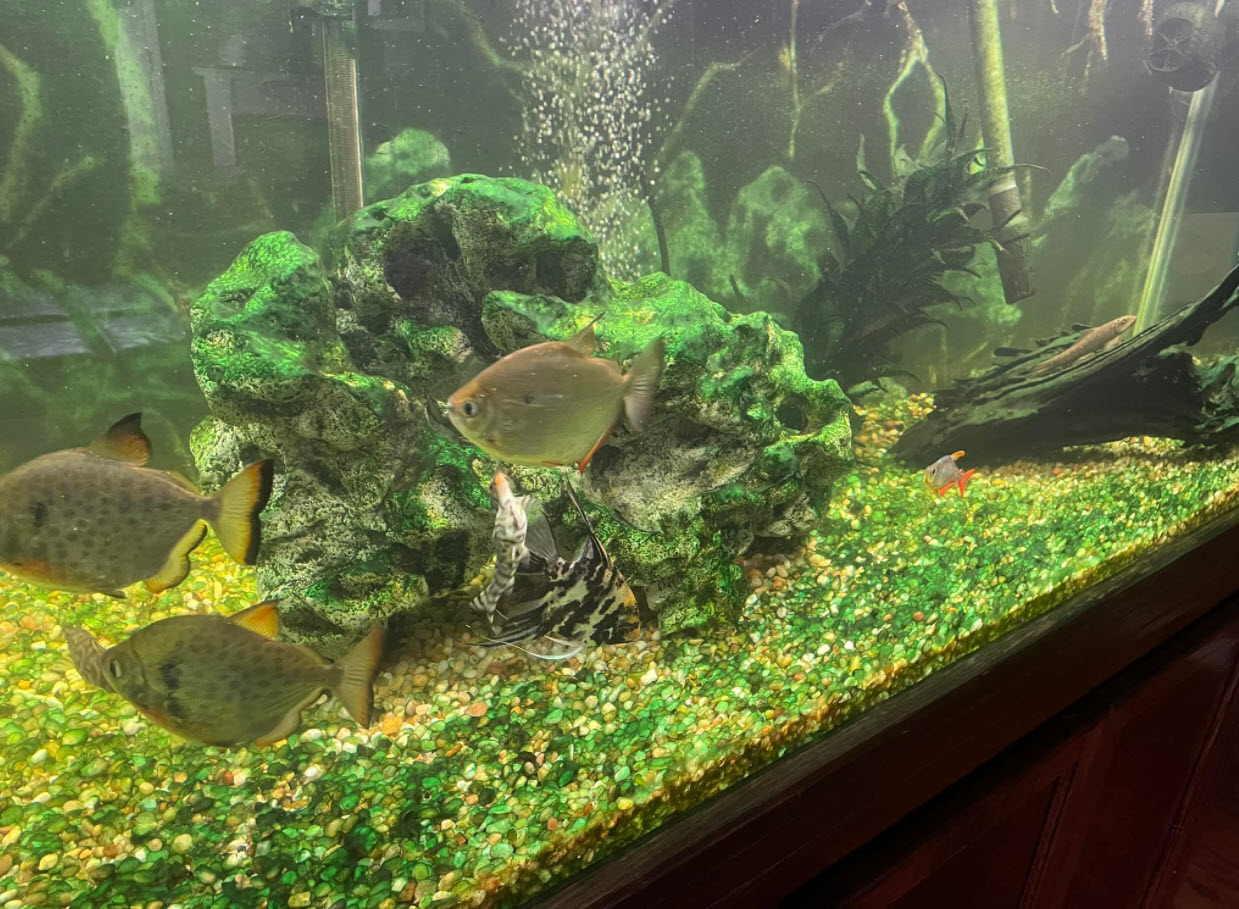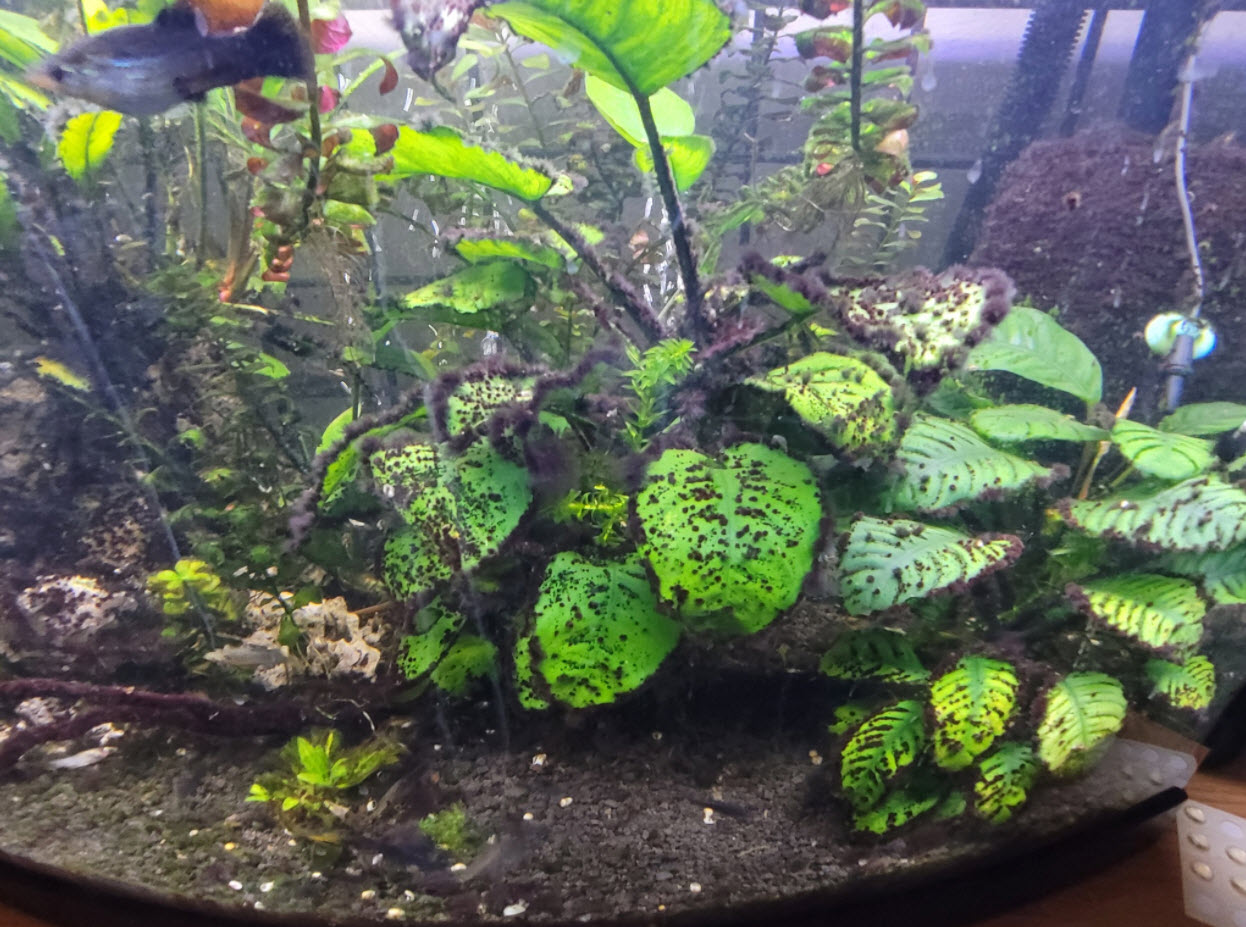
Algae control is difficult because there thousands of algae species, including something called “blue green algae” (cyanobacteria) which isn’t even an algae. So making blanket statements is somewhat misleading. Each algae (or bacteria) species responds differently to different courses of action. This variability across species is the result of a very natural process called “niche evolution”. So there are no “silver bullets” when it comes to controlling algae. Sometimes a course of action will work, and sometimes it won’t work.
Fighting algae can be a very frustrating process because it is a war the algae generally win. There is one easy truth here:
.
The “best” way to control algae is simply: “DO NOT try to control the algae”
.
Just select ornaments that will look good with brown and green films on them, like this aquarium:

And the way to control algae is very dependent on what type of aquarium one has. There are three basic types of aquariums: Fish Only Aquarium, “Low-Tech” Planted Aquarium and the “High Tech” Planted Aquarium. I cover how to control algae in the these three types of aquariums in these links:
1, In the fish only aquarium some degree of algae is simply inevitable. Learn to live with it or get yourself a whole lot of various algae eaters. But severe algae outbreaks can be controlled. See this article:
16.2.1. Controlling Algae in the Fish Only Aquarium
2, In a high tech planted tank where the CO2 level is above 20 ppm, control of algae generally evolves around the number of plants and the lighting. One needs one vascular plant every three inches all across the aquarium. And lighting time and intensity should be brought up gradually across three to six months, from 5 hours per day to 14 or more hours per day. More can be found at this article:
16.2.2. Controlling Algae in the “High-Tech” Planted Aquarium
3, In the low tech aquarium easily 80% of the algae “problem” will be due to too little CO2. Even low tech aquariums do far better with at least 10 ppm CO2. In a Walstad this comes from buried organic soil. Others use a Hau bottle. More about this can be found at this article:
16.2.3. Controlling Algae in the “Low-Tech” Planted Aquarium

If one really wants plants with their fish there are some plants which are the exception and simply can’t be killed and which seem to live under any and all conditions. While they will get some algae on their leaves the leaves are resistant to being smothered by algae. And they seem to live in under all conditions with no fertilizer at all. They even live with very low light conditions.
Anubias (just don’t put the bulbs INTO the substrate), Amazon Sword (Echinodorus amazonicus), Java Fern (Leptochilus pteropus, synonym Microsorum pteropus), and Java Moss (Taxiphyllum barbieri). Java fern and Java moss are both “epiphytes” and need to be either attached to a surface like a piece of wood or they need a very open substrate like aquarium gravel. If you bury the crown on Java fern in sand it will die.
Algae Eaters
One easy way to control nuisance algae is to use algae eaters. These include sucker catfish such as bristlenose catfish (ancistrus), otocinclus, flying foxes (Epalzeorhynchos kalopterus), Silver Flying Fox (Crossocheilus reticulates) and the very similar Siamese algae eaters (Crossocheilus siamensis). Black mollies and redline sharks also eat algae. Snails and shrimp are also useful algae eaters, These can all be very effective tools to control algae. More about this can be found at this link
16.2.4. Algae Eaters

The Algae “War”
There is a central theme in controlling algae in planted aquariums along the lines of “thriving plants control algae”. We go into that topic in depth in the following link:
16.2.5. The Algae “War”
Chemical Algae Control
We do not recommend chemicals to treat algae. Any chemicals (save antibiotics for “blue green algae”) which kill algae will also kill both plants and fish. For more information go to this link:
16.2.6. Chemical Control of Aquarium Algae
And there are several devices out of Europe that are just sneaky ways to do chemical control of algae:
16.2.7. Chihiros Doctor
Further Information on Algae
Click on the following links for more information on algae, again, with the caution that separating algae into “types” is very, very inaccurate:
16.1. Algae Biology
16.3. Thread Algae
16.4. Blue-Green Algae
16.5. Blackbeard Algae
16.6. Staghorn Algae
16.7 Green Water
16.8. Brown Algae
16.9. Green Spot Algae
Return to Algae Menu
.
Aquarium Science Website
The chapters shown below or on the right side in maroon lead to close to 400 articles on all aspects of keeping a freshwater aquarium. These articles have NO links to profit making sites and are thus unbiased in their recommendations, unlike all the for-profit sites you will find with Google. Bookmark and browse!
.

Dave says
In reply to Sarah ……. Think of things you can do to increase your natural plant growth ……. fix the light, add CO2 …… the best defense against algae is to make it so vascular plants thrive.
Sarah says
I’m currently in a 2 year long battle against cyanobacteria. I’m wondering what is considered high phosphates? My test is showing 0.25 or less, so I’m thinking thats not my problem.
I don’t have access to antibiotics in my country unfortunately.
My tank is 127L tall, so it’s not particularly big. The filter output is a spray bar across the center so it disperses water across the whole top of the tank which makes me think I’ve got reasonable water movement. I also have a sponge filter in the opposite corner to the main filter intake. So decent oxygen.
My tank light is broken so it’s never on, though the tank gets a bit of natural light (my cyano problem began at an old house where the tank got no natural light and tank light was on a timer for no more than 10 hours a day).
And I definitely don’t overfeed my fish or have the tank heavily stocked.
I’ve just finished a 5 day total black out. I can still see some cyano on the plants but I don’t know if its dead or not. But if it comes back I’m at a loss of where to go next. Any thought?
Valerie says
Thank you so much for all these articles! I have learned (as I somewhat expected from general experience with marketing) that I’ve been predictably misled by other sites that commission to generate sales. I’ve chosen to follow your advice in most regards that I didn’t have a full understanding of previously. I’ve been working to get a successful planted tank established and my first attempt fell flat due mostly to algae and cyanobacteria, among likely other mistakes I haven’t identified specifically. Now I know that one of the mistakes was having maybe a total of 6-10 plants in a ten gallon, it was sparse to say the least.
After having a fish die from something I still haven’t identified in that tank I gave up on it and cleaned it out thoroughly. I had a feeling that whatever killed the fish (and almost all the snails as well) was in the water/substrate/filter so I bleach cleaned everything and have now restarted it, I only just filled it with water and plugged in the filter finally. I did research to find the plants that would do well in with lower light and little fertilizer, since I knew I wanted an anubias I’ve had for a while so I wanted compatible plants. I purchased three other variations of anubias and some java ferns and java moss as well.
What I’m wondering is because you mention these plants specifically and their ability to resist algea and grow successfully, would it be unwise to fill the tank with only these kinds of plants? Would that be unbalanced somehow?
Also, since (correct me if I’m wrong here) they seem to be the exception to the rule of dense planting, if the tank does have only these plants, would it still need to be planted densely to avoid algae? I imagine it would still establish on the substrate and decor wherever there’s enough space that isn’t planted, right? Although I expect the java moss to spread quite well, I’ve set it up so that the moss can ideally cover the tank almost entirely. Would that be helpful to avoid algea?
I do love the look of a well planted tank and I intend to get more plants today, but I wanted to ask mostly out of curiosity.
Dave says
In reply to Julie ….. You are doing everything right. Just keep on trucking. It can take months to get cyano under control. It will probably get worse before it gets better but don’t go to antibiotics or a complete breakdown. those two typically don’t work. You might consider a bristlenose and or snails.
Julie Gerlinger says
First, thank you for this site. It has made my aquarium keeping easier, and my efforts have a more predictable outcome (yay science!). I could use some advice.
I have a 75 gallon tank, soft sand substrate (kuhli loaches), but also corydora, Siamese algae eaters, angel fish and cardinal tetras. A while back I noticed a discoloration in the sand, but nothing on surfaces or in the water column. Fast forward, I had a blue/green algae growing on some items within the tank, and also then on the surface of the sand and it all was in the area of this discolored sand.
I found several articles (including the one here about cyanobacteria). I’m a nurse by trade, so once I associated the smell of this – I’ll never forget it. I did a very big manual cleaning of bacteria to move as much out of the sand as possible, clean as much off the surfaces as possible, conducted a large water change. I do utilize a canister filter, so while I generally do not use the UV feature, under the circumstances, I have turned this on to attempt to keep the cyanobacteria under control in the water column.
I have done a couple 80% water changes while stirring up the cyano in the water column to manually move it out
I have lowered the temperature as much as possible (around 75 because of my angel fish and kuhli loaches).
I have increased the use of air stones to oxygenate the water more and to move more water around the entire tank.
I have been finding “pockets” of the cyano growing in the sand, I stir it up then conduct more water change to move it out (more routine manual cleaning)
While this is all helping, I still wonder if/when I should get to the point of treating with antibiotics or consider a full tank breakdown for a full manual clean. I have a lot of plants in this tank and plenty have taken good root, so I’m a little less enthused about a full breakdown – but I also worry very much about my diligent work cultivating the biological colony.
Based on what I am doing, do you have advice on whether I should just keep trying to stay ahead of this cyano, treat with antibiotics, do a full tank breakdown or something else?